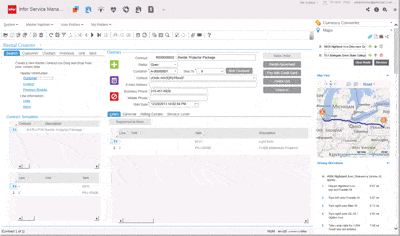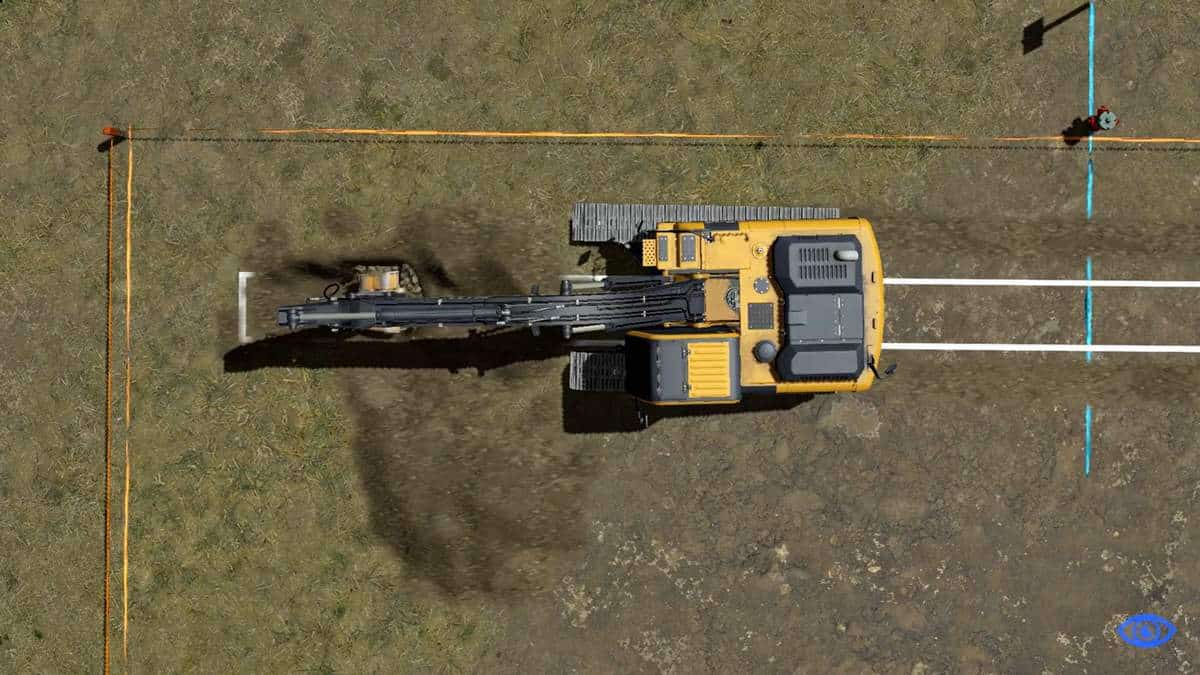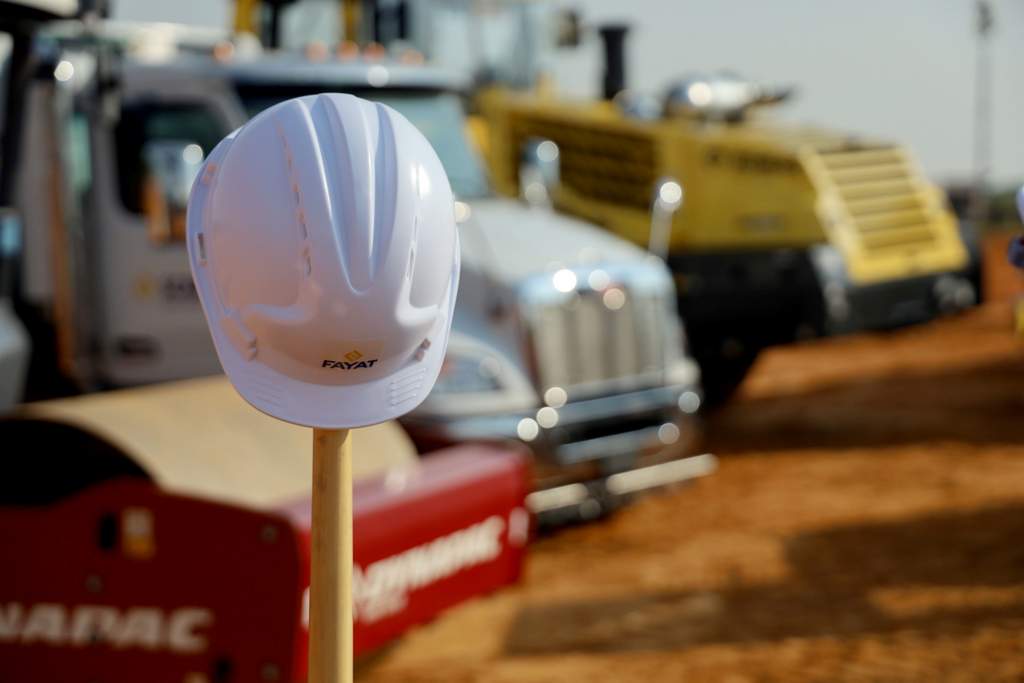How Predictive Maintenance and Telematics Are Paving the Future of Equipment
For compact or earth moving equipment, reliability is essential. Unscheduled downtime is not merely an inconvenience but can also create a major strain on an organization’s resources. Asset life cycle can be difficult to manage, especially when dealing with an entire fleet of equipment. The number of assets and subsequent components are far too numerous to be managed manually. When one machine fails, it must be pulled from use and scheduled for maintenance, which often forces a replacement to be pulled into service.
This is not the most efficient way to go but for decades has been the only solution. Now, as technology continues to advance and permeate the equipment industry, a new alternative is emerging to help optimize the industry. This evolution is known as predictive maintenance, a condition-based monitoring system that is designed to reduce downtime and enhance the asset life cycle.
Predictive maintenance is a function of a larger prevailing trend for the manufacturing industry. The trend, Internet of Things, is in essence the ability for objects and machines to interact, transfer data and ultimately communicate information. This invasive trend has gained major attention and early adoption within consumer-driven markets such as the automotive industry. It is not uncommon to find that most new model cars are pre-built with cutting-edge telematics and software to make the operating experience more pleasurable but also ensure the reliability of the vehicle itself.
Similarly to automotive telematics, which might alert a driver to low tire pressure or oil levels, these same instruments are being adapted within the compact equipment industry. Imagine, for example, a tractor loader backhoe that is able to automatically notify its operator of an impending component failure, before it happens. This would allow the operator to remove the asset from action and schedule a component repair at convenient time.
By utilizing a predictive maintenance model, organizations are able to gain peace of mind. Knowing that equipment is less likely to fail while in the field will not only save them time and money but will help them remain indefinitely efficient.
The predictive maintenance model is not a one-size-fits-all approach. Organizations are able to customize their approach and program a set of rules that will activate the telematics when certain conditions are met. This ensures that a service provider or rental company is able to monitor the activity of their asset even when they are not the immediate operators. By tracking this data, the company is able to either plan for scheduled maintenance once the asset is returned, or could even swap out the asset while in service to avoid unplanned downtime for their customer.

Simply purchasing modern equipment that is fully loaded with telematics without software to support it is a half measure.
In some cases, it is more cost-effective to allow an asset to simply breakdown. But in most cases that is the least ideal option. Another condition-based monitoring technique albeit less automated is oil sampling, be it for engine transmission or hydraulic oil. Oil sampling provides a wealth of data that can be analyzed in order to determine the best maintenance program. Typically if one of these smaller components were to fail, it could go initially unnoticed and create long-lasting damage to the asset itself. The telematics cannot prevent equipment failure from occurring, but they can absolutely mitigate the impact of such events. Staying ahead of the curve when it comes to repairs can provide a competitive advantage for equipment manufacturing, rentals and sales.
The introduction of telematics into compact equipment and earth moving machinery does not come without a cost. For many, price point will be a factor as mostly new model machines are the ones equipped with the modern sensors needed to utilize the predictive maintenance model. However, worrying too much about the upfront costs would be a short-sided approach for what could be a game-changing trend. Most organizations have a problem spending money to protect their investments, whether it is assets, personnel or real estate. This is no different. By spending a bit more upfront, companies can help expand the life cycle of their assets and ensure business continuity that can save both time and money for years to come. But this investment is not limited to hardware alone.
True, the telematics that alert a user to an impending component failure are built into the equipment themselves; these only represent one half of the predictive maintenance equation. The other critical aspect is software, and it is of equal if not greater importance to the success of the investment. Simply purchasing modern equipment that is fully loaded with telematics without software to support it is a half measure. Like all forms of communication or data transfers, there must be a sending component and a receiving component.
This software will gather the data that is transferred from the telematics and analyze it based on the predefined rules and conditions. From there, it sends out alerts to users that are derived from action-based insights. This is where another major trend comes into play — the trend of big data. The more smart equipment an organization has in the field, the more data being received by the software. The ability to process large amounts of data in an actionable and profitable manner is not always a simple task. This is why it is essential to utilize an enterprise resource planning (ERP) system to receive, analyze and process the telematics and diagnostics.
By now, you might be asking yourself, is this really worth the investment? Sure, telematics and big data are likely the future for the industry, but the associated costs can add up fast. That is not always the case, especially if the right technology partners are selected. By utilizing an ERP vendor that provides a true industry-specific cloud-based model, organizations are able to limit the capital investment needed to implement the necessary software. By taking the cloud approach, there is no need to expand the IT staff build infrastructure.
Cloud hosting provides a subscription-based model that is not only cost effective but ensures that the latest and greatest features and enhancements are always integrated. Through this approach, the greatest expense will lie with the assets themselves, not the software use to process the resulting data. Over time, the predictive maintenance model tends to pay for itself and then some. Reliability is the most important quality for earth moving equipment and with a predictive maintenance model, the guesswork is eliminated and makes unscheduled downtime a thing of the past.
The adoption of telematics is rapidly underway within the equipment industry. In a few years, such devices will come standard on all new model equipment. Preparing for this paradigm shift by selecting the right software provider is one of the true measures for success. The predictive maintenance model doesn’t simply place you ahead of the curve, it allows you to control the curve, on your own terms.
Andreas Hellström is the senior director of industry and solution strategies for equipment at Infor.





Comments are closed here.